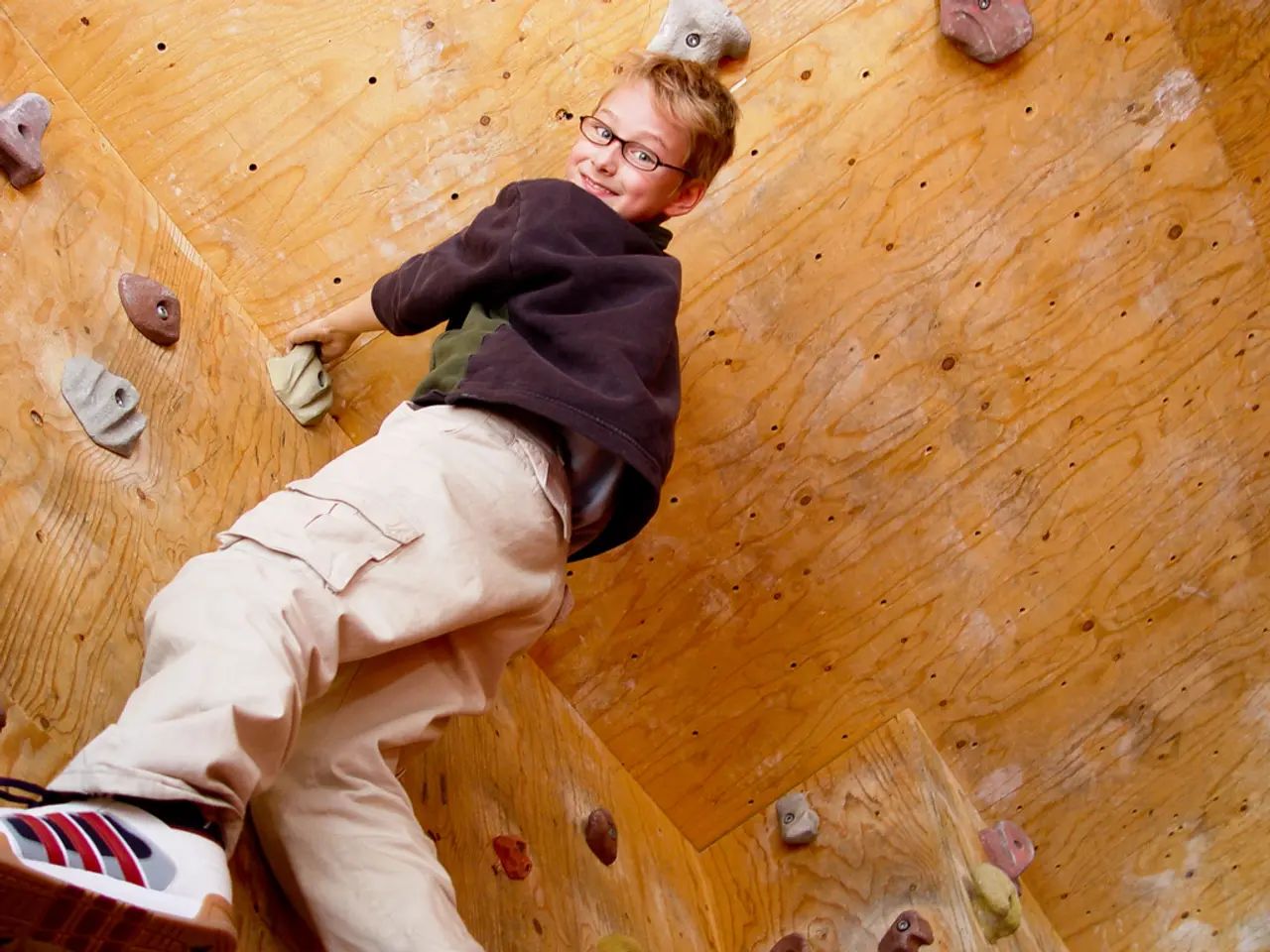Strategies for Encouraging Desirable Actions Through Rewards and Incentives
In the realm of education, positive reinforcement has emerged as a potent tool for promoting good behaviour and fostering a conducive learning environment. Beyond mere rewards, positive reinforcement creates a safe space where every student's progress is valued, building trust, and encouraging students to try new things and learn from their mistakes.
A well-structured reward system is instrumental in leveraging positive reinforcement effectively. Allowing students to choose their own rewards can infuse excitement and motivation, making them more inclined to learn and behave well. Verbal praise, tangible rewards, and social recognition are all types of positive reinforcement that can significantly impact the classroom.
For instance, verbal praise acknowledges a student's efforts and achievements with words, boosting their confidence. Tangible rewards, such as stickers or small prizes, can be highly effective when used judiciously, as they provide a clear sign of a student's success and motivate them to continue their good work.
A system that rewards students with 10 cents for every three points they earn can encourage good behaviour and success in school. Technology can further bolster positive reinforcement, enabling teachers to create engaging reward systems, digital badges, or games to celebrate students' success.
The benefits of using positive reinforcement in education are manifold. It encourages repeatable positive behaviours and improves self-regulation, enhances cognitive development and academic success, boosts confidence and self-esteem, reduces behavioural problems, strengthens social inclusion and support, increases motivation and independence, and facilitates positive parent-child relationships.
In essence, positive reinforcement serves as a powerful tool that not only encourages good behaviour but also promotes the emotional, social, and cognitive development of children in educational settings. By focusing on effort and progress, rather than just outcomes, educators can create a classroom where students love to learn and grow.
Setting clear rules and rewards helps build a positive atmosphere, encouraging everyone to do their best and achieve more. Sharing a student's success with the class is a powerful way to recognise them, as it not only praises their achievement but also inspires others to follow their example.
Adding team rewards and friendly competition can make students feel like they're part of a team, and can keep them engaged and make them feel accomplished. Positive reinforcement makes good behaviour happen more often, helping students work together, understand each other, and share.
In conclusion, positive reinforcement is a valuable strategy for educators to employ in their classrooms. By using it thoughtfully and with an understanding of its basics, educators can help their students grow and succeed, not just academically, but also emotionally and socially.
In this educational context, setting boundaries that are supported by respect and understanding contributes to a harmonious learning environment where each student's growth is nurtured. A well-rounded approach to education-and-self-development, encompassing personal-growth, learning, and positive reinforcement, fosters a dynamic and productive classroom atmosphere.




